Symptoms of Seasonal Affective Disorder are more common than you think - here's how to battle the blues
It’s no secret that the winter months can switch one’s mood to a doom and gloom setting – here’s how to lighten the load
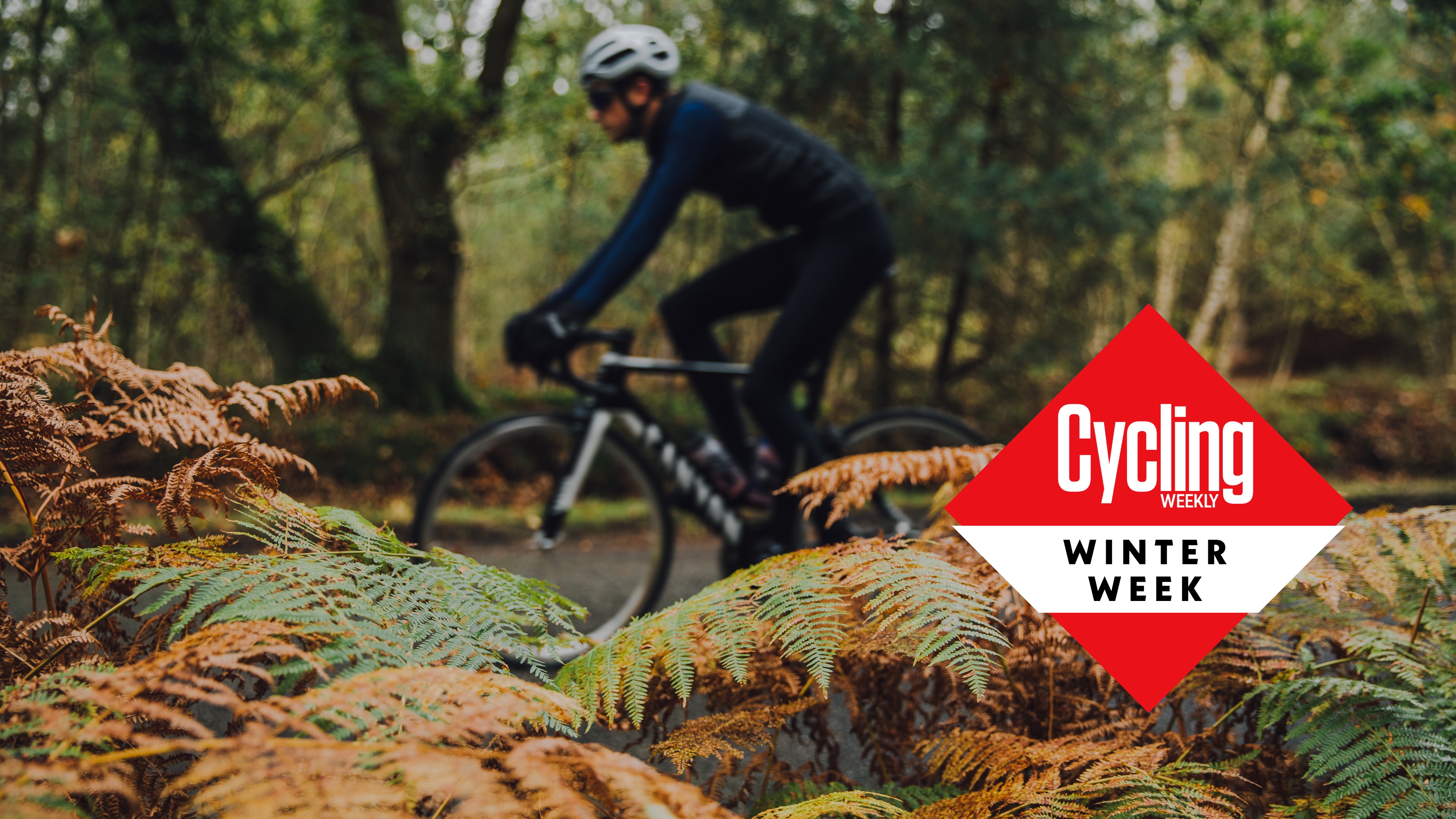

Winter can trigger a noticeable dip in mood for many of us – as the combination of shorter days, less sunlight, and colder weather knocks our motivation levels, sabotages our attempts to ride outdoors and can even lead to more severe mood changes for some.
In its more extreme manifestation, we can be affected by Seasonal Affective Disorder (SAD), a type of depression that’s linked to the seasonal change, which can be much more debilitating than just a case of winter blues.
“The winter blues refers to a mild, temporary dip in mood that many experience during the darker, colder, winter months when daylight hours are reduced and the weather becomes variable and inconsistent,” explains, Dr Rachael Molitor, Chartered Psychologist and Lecturer at Coventry University.
“Symptoms of the winter blues include feeling slightly more tired, sluggish, or unmotivated, especially when getting outside or with tasks that need physical or cognitive energy expenditure.”
Dark disorder
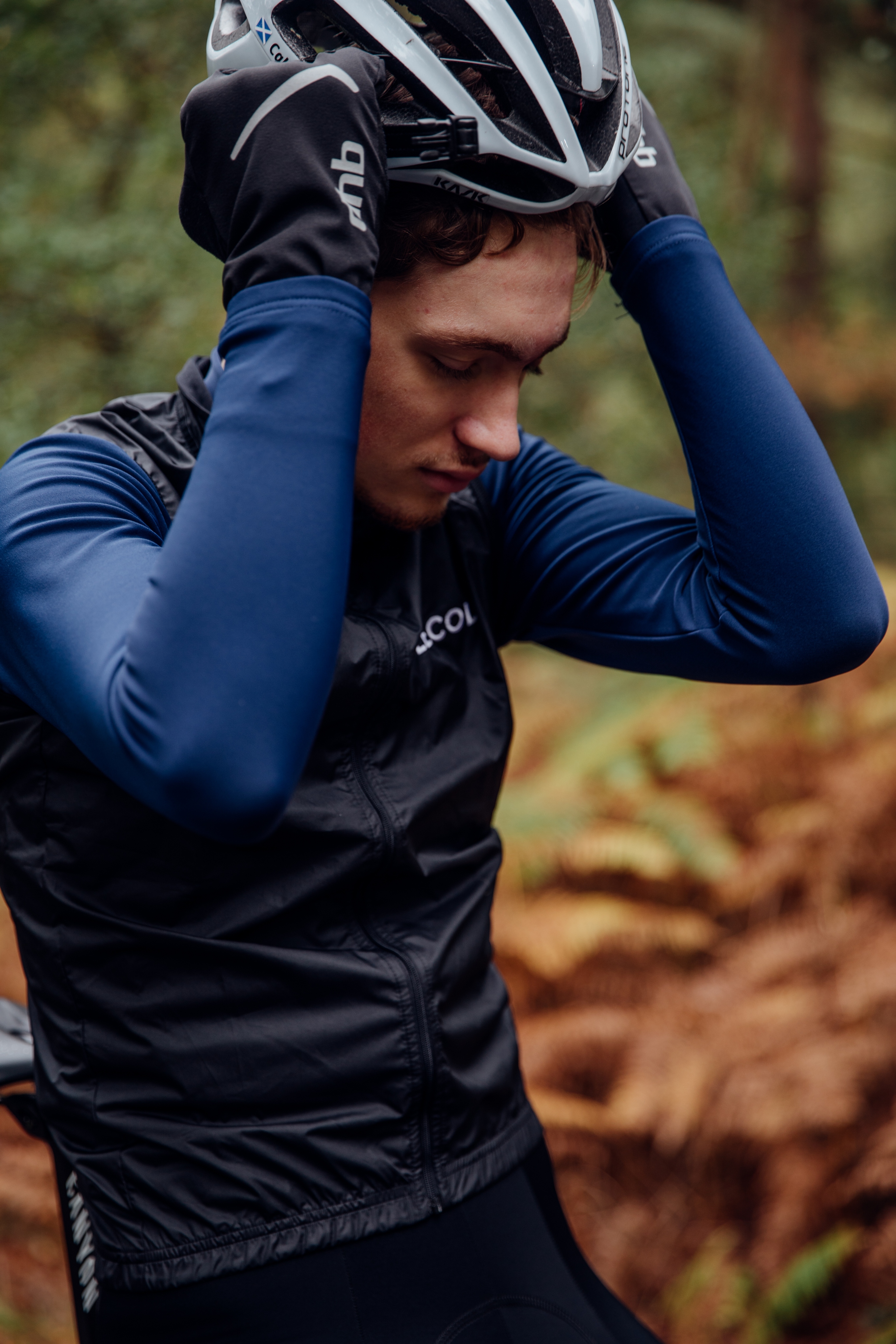
Winter can get all of us down, but some people are much more affected than others
However, these feelings generally do not interfere with day-to-day functioning and can be combatted by distraction, social interaction and doing something you enjoy, releasing endorphins and dopamine.
“The winter blues are fairly common and can be characterised by a general sense of ‘feeling down’ without causing major disruption to one’s life,” sats Dr Molitor.
Seasonal Affective Disorder (SAD) on the other hand is more serious and a clinically diagnosed form of depression that also is noted during the winter months. The NHS estimate that around 2 million people in the UK and 12 million people across northern Europe experience SAD every year.
Get The Leadout Newsletter
The latest race content, interviews, features, reviews and expert buying guides, direct to your inbox!
“SAD has a significant impact on daily functioning, including; persistent sadness and feelings of hopelessness, loss of interest in activities, physical and cognitive fatigue, and changes in sleep and appetite.”
According to Dr Molitor SAD may require professional treatment, such as clinically approved light therapy, cognitive behavioural therapy (CBT), or even sometimes medication. “While winter blues can be managed through lifestyle changes, social interaction and communication, SAD victims may need clinical help and support.”
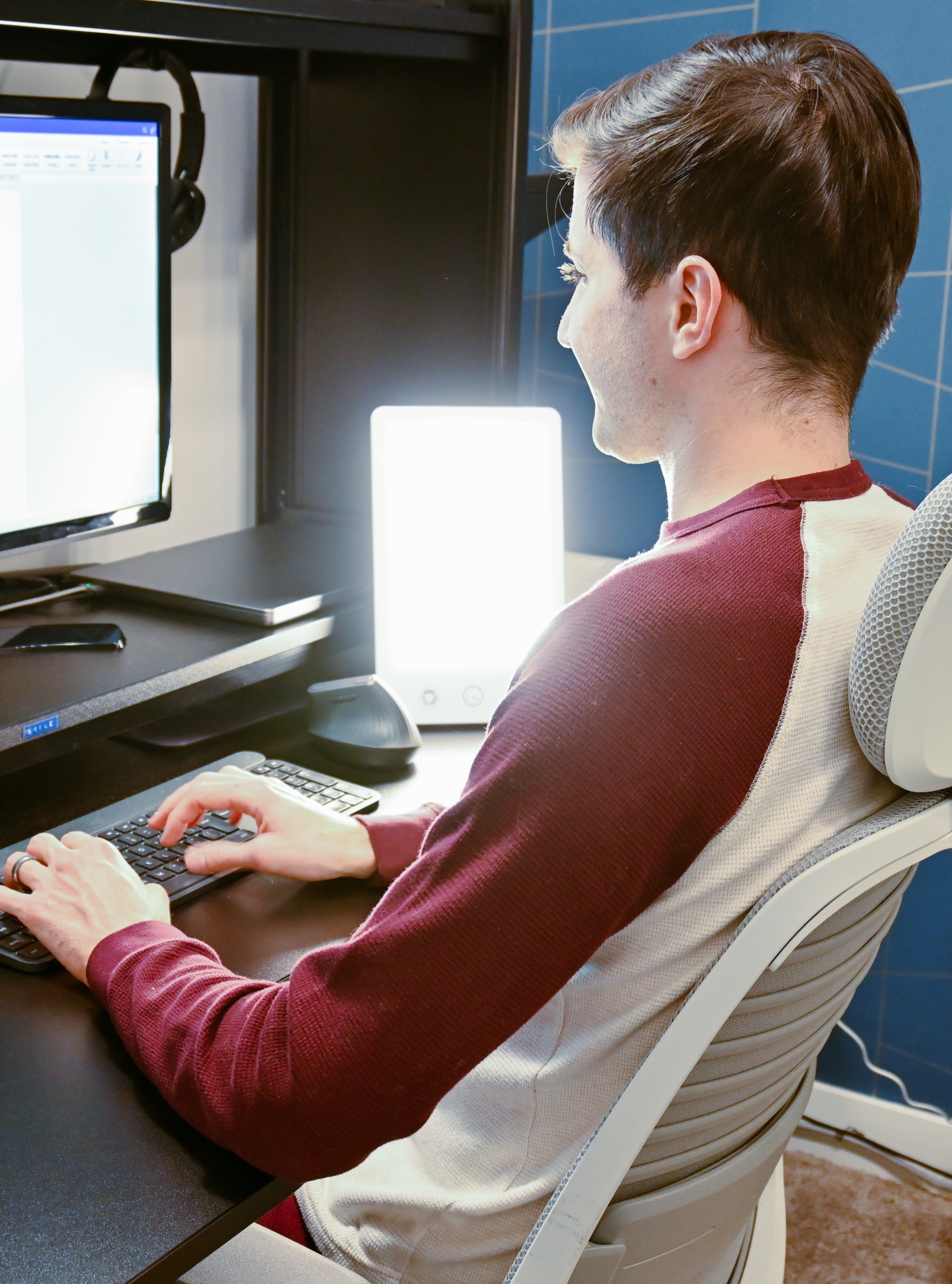
Light therapy and CBT can help
Clinical treatments for SAD
Light therapy is one of the most common treatments; it involves sitting near a lightbox that emits 10,000 lux, simulating natural sunlight to help regulate mood-related hormones.
Studies show that 20–30 minutes of daily morning light therapy can significantly reduce SAD symptoms, with efficacy comparable to antidepressants in some cases. Cognitive Behavioural Therapy tailored for SAD, known as CBT-SAD, is another effective approach, focusing on changing negative thought patterns associated with the darker seasons and incorporating behavioural techniques to increase activity and enjoyment during winter months.
CBT has been shown to offer lasting effects, even beyond the treatment period, by building coping strategies that patients can use in future winters. Antidepressants, particularly selective serotonin reuptake inhibitors (SSRIs), are sometimes prescribed in more severe cases. SSRIs work by increasing serotonin levels, which tend to drop in individuals affected by SAD. Studies show that combining antidepressants with light therapy or CBT can enhance results, providing a comprehensive approach to managing SAD.
Beating the winter blues
If you’re experiencing a winter slump or think you may have something that could be heading towards the SAD end of the mood spectrum, there are practical steps to help manage your mood and maintain a sense of normalcy:
Get outside
Not a big ask for most cyclists but if you needed any additional reason to expose yourself to what daily sunshine there is, then the positive impact it can have on your mental health and wellbeing is it. “Spending more time outdoors during daylight hours can aid the body in adjusting to the seasonal shift, increases our body’s natural serotonin and regulate levels of melatonin that lead us to feel sleepy,” says Dr Molitor.
Work out
If you can’t get out for a ride, exercise sessions at home or in the gym will help combat the blues. “Staying active encourages the release of endorphins, which act as natural mood enhancers by increasing levels of serotonin and dopamine, neurotransmitters that regulate happiness and well-being,” says Dr Molitor. “Even exercising inside helps to provide the endorphins needed, improves sleep quality by regulate the body’s circadian rhythm, and reduces stress by lowering cortisol levels.”
Get social
“Maintaining social interactions is essential to supporting mental health during the winter months,” says the Doc’. “Socialising with friends and family, whether in person or virtually, helps combat feelings of loneliness, which can become more pronounced as the days get darker and winter intermittent.”
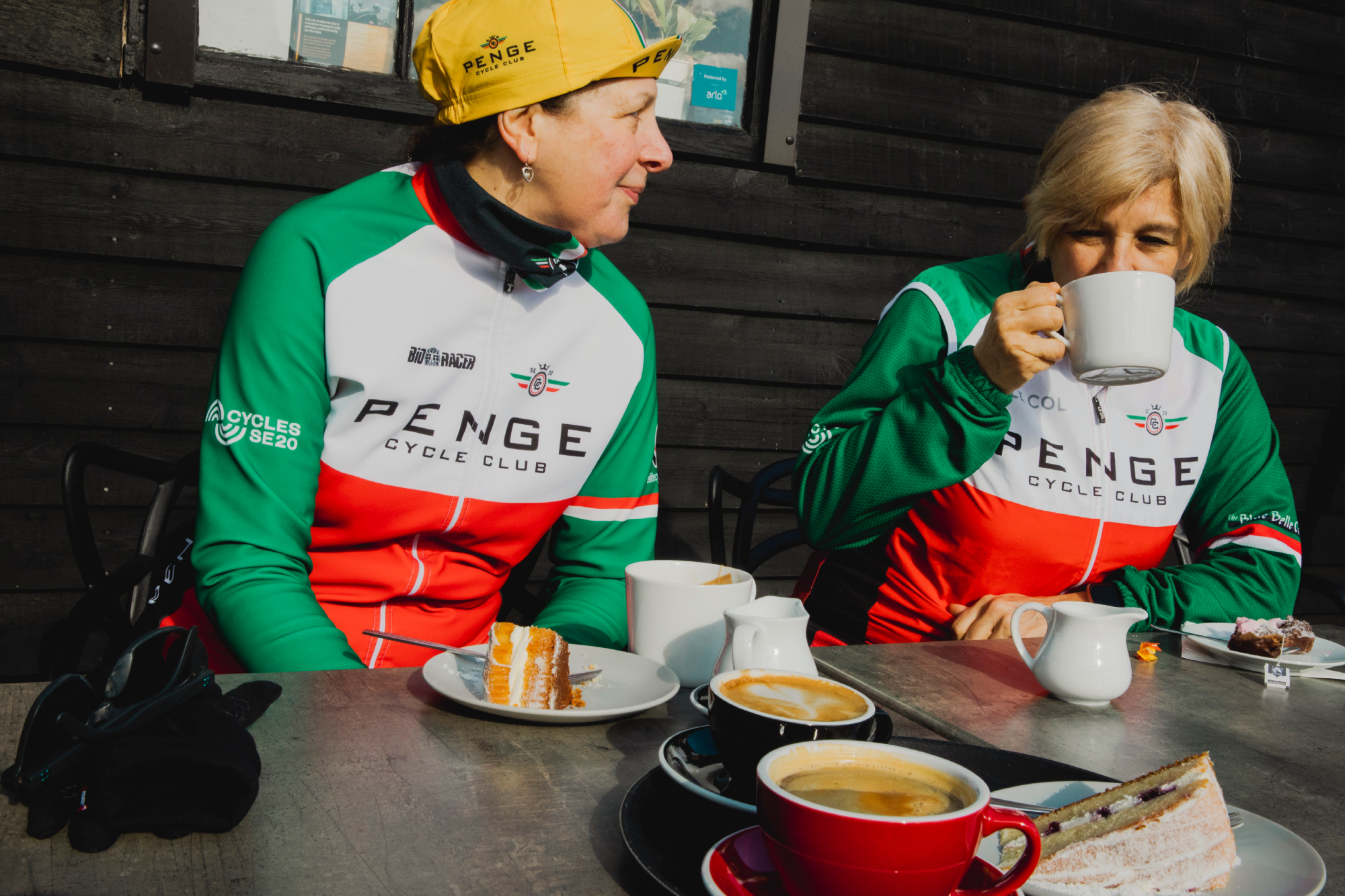
Getting out and riding with friends are great ways to combat the slump
Sample some sunny D
Vitamin D supplements are widely recommended during the winter months. But while low levels of vitamin D have been found in people with SAD, it's unclear to what extent – if at all - vitamin D supplementation can help to relieve SAD symptoms. To date, clinical studies examining whether vitamin D supplementation helps people with SAD have demonstrated mixed results.
Sleep tight
Poor sleep quality or irregular sleep patterns can worsen SAD and general winter blues. People with insomnia, for example, may have a tenfold higher risk of developing depressive symptoms than people who get a good night's kip. Practicing good sleep hygiene by going to bed and waking up at the same time each day, and using blackout curtains, can help regulate your circadian rhythm, which is often disrupted in the winter.
Lighten up
Light therapy has been shown to be effective in treating SAD. Devices like Lumie lamps simulate natural sunlight and can help manage symptoms of both SAD and general winter mood dips.
Research has demonstrated that using light boxes for about 20-30 minutes in the morning can be as effective as some antidepressants in relieving SAD symptoms. Look for lamps at least 10,000 lux ("Lux" is a measure of light intensity). A bright sunny day is 50,000 lux or more. There’s no need to look directly at the light, keeping the box in front of you or just off to the side and about a foot away is advised while you spend time reading or relaxing.
More common than you think
Cycling coach Paul Mill of Elitecycling.uk has come across riders who’ve struggled with the winter blues and worked with them to overcome SAD as a barrier to them enjoying their cycling.
“It’s more common than you might think,” says Mill. “Social media can play a big role here, with people comparing their lives to others. Some of my clients get bogged down, especially when they see others posting about perfect rides in sunny locations while they’re stuck in dark and rainy Britain.”
“When that happens, I remind them why they started cycling in the first place—escapism, the joy of being outdoors, seeing new things. Sometimes, we just go back to basics—low-intensity, social rides with friends, just to rediscover that joy.”
“Don’t focus too much on numbers or zones - sometimes it’s just about enjoying the ride,” insists Mill. “Winter is actually a great time for base training, where it’s more about all-day pace and having fun with friends. It reminds you why you got on the bike in the first place. If you’re feeling uninspired, change up your routine, try new routes, or join group rides. A change in scenery – even in the gloomy months - can do wonders for motivation.”
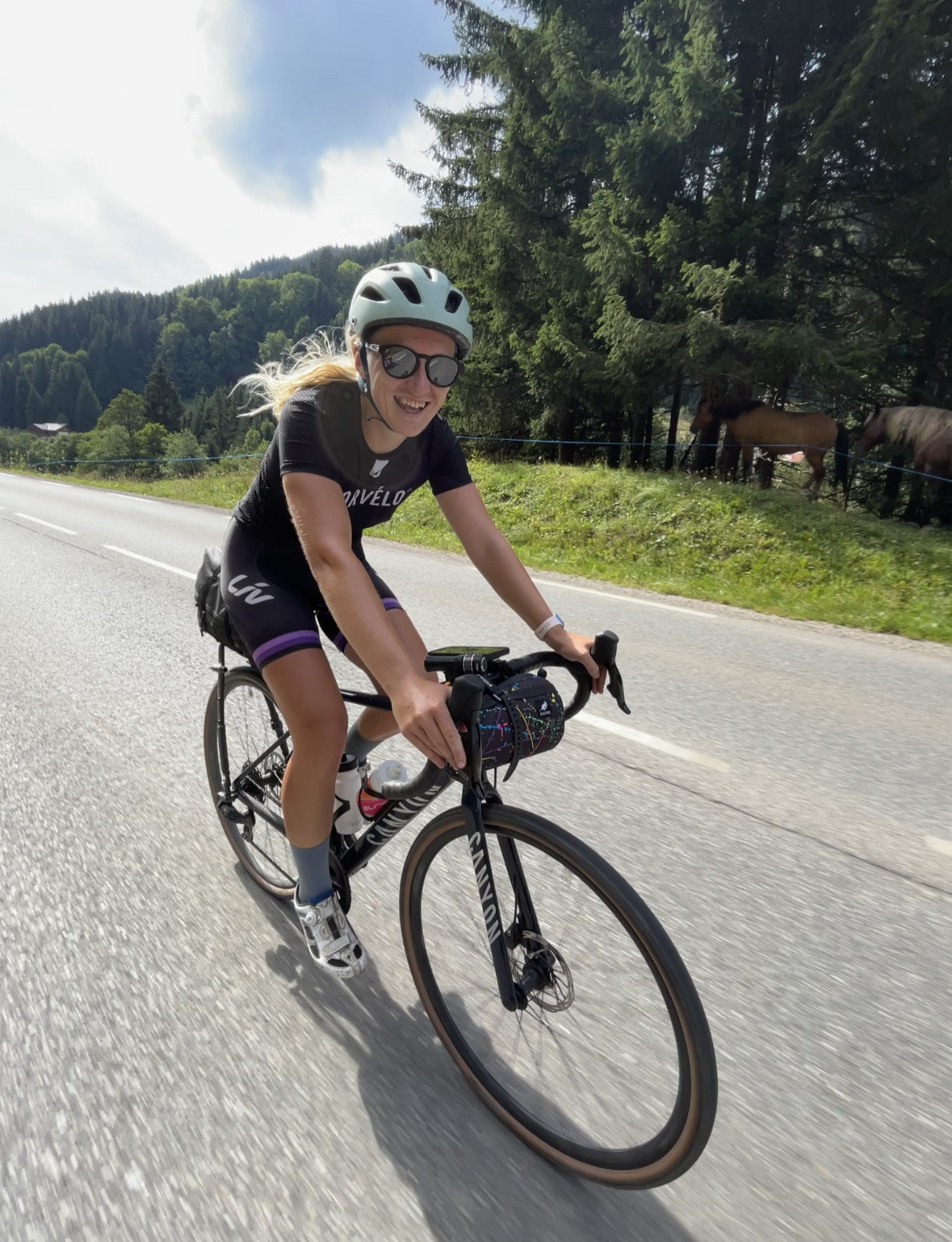
Dugon says the dark robs her of freedom
Deep lack of motivation
Saskia Dugon, 29, a cycling photographer from Brecon, Wales (UK) finds even indoor trainer sessions help her combat SAD.
“I’d say the SAD has always been there, but I didn’t understand it when I was younger. As I’ve gotten older, I’ve realized it’s a real thing. Some people handle it well; I’m just not one of them. Winter can be tough, it feels like the dark robs me of freedom. That’s the real trigger for me. It manifests itself mostly as a deep lack of motivation and interest. It’s like I forget how much I actually enjoy getting out and doing things. The days feel shorter, and I stress about using the available daylight I have effectively.
“I have just returned from a trip to Spain, which was great – but when I came back the UK had switched to daylight saving, which was tough. It reminded me of how restrictive the darkness is. Workwise, as a cycling photographer, winter is my off-season. Returning home, decompressing from a busy year, and dealing with the lack of freedom can be overwhelming. One way I cope in winter is by planning adventures for the next year. Imagining trips and staying engaged in that way helps, though sometimes waiting for Spring feels painfully long. Along with getting out on the bike when I can, I’ve also taken up indoor cycling, which I didn’t think I’d enjoy, but I do. I’ve spent so much time on my bike this year that it feels like a happy place. Cycling puts me in a meditative, almost trance-like state. Even indoors, the familiar motion takes me there. My body seems to know this is a space where I feel good. That association has been a real lifesaver.”
Light work
Whether you’re showing symptoms of the winter blues or not, giving yourself a light boost on the eve of a big ride could prove to be a bit of a performance booster, as one study found.
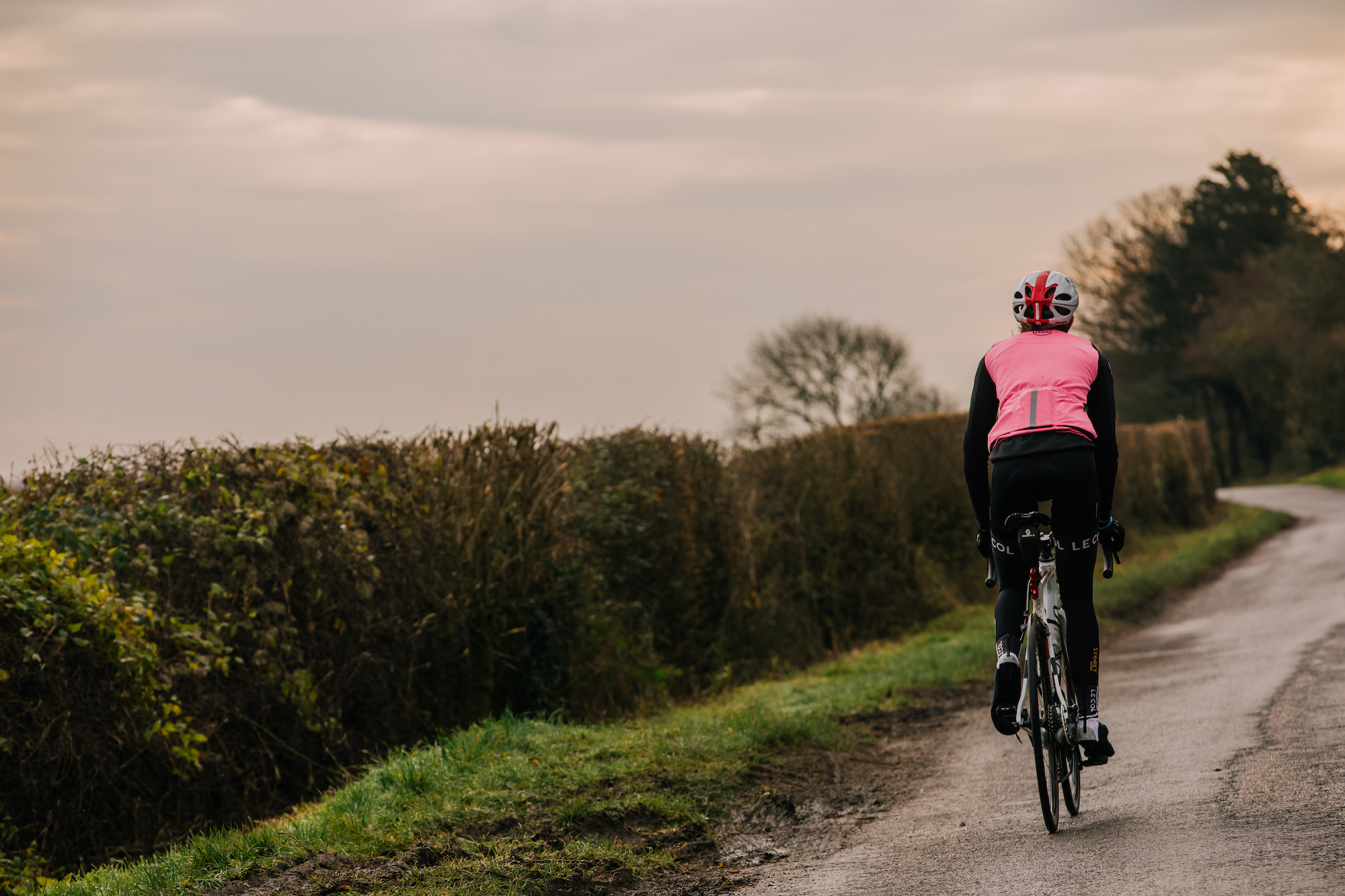
Bright light exposure can boost performance regardless of symptoms
A study conducted by the Research Institute for Sport and Exercise Sciences (RISES) at Liverpool John Moores University – and sponsored by Lumie - found that evening bright light exposure can enhance morning cycling performance. Eight cyclists completed two sessions a week apart: one with low evening light and one with 30 minutes of bright Lumie light before bed. Each morning, they performed a cycling protocol and a 10km time trial in hot, humid conditions.
Results showed a 7.2% improvement in cycling times with evening light exposure. Bright light delayed core body temperature (CBT) rhythm by an average of 1.75 hours, resulting in lower CBT at 6:30 am when participants started their morning exercise. This temperature shift helped them cycle faster in heat, completing the trial 1:26 minutes quicker.
Lower CBT helps athletes by reducing thermal stress, a technique often managed with pre-cooling (like cold drinks). The findings suggest that evening light exposure could be a valuable addition to performance strategies, providing notable gains for athletes seeking marginal improvements.
So while you may not feel the need for a SAD light to lift your mood, using one for a bit of circadian manipulation could be a real boost for your athletic performance in the saddle.

Thank you for reading 20 articles this month* Join now for unlimited access
Enjoy your first month for just £1 / $1 / €1
*Read 5 free articles per month without a subscription

Join now for unlimited access
Try first month for just £1 / $1 / €1

Rob Kemp is a London-based freelance journalist with 30 years of experience covering health and fitness, nutrition and sports sciences for a range of cycling, running, football and fitness publications and websites. His work also appears in the national press and he's the author of six non-fiction books. His favourite cycling routes include anything along the Dorset coast, Wye Valley or the Thames, with a pub at the finish.
-
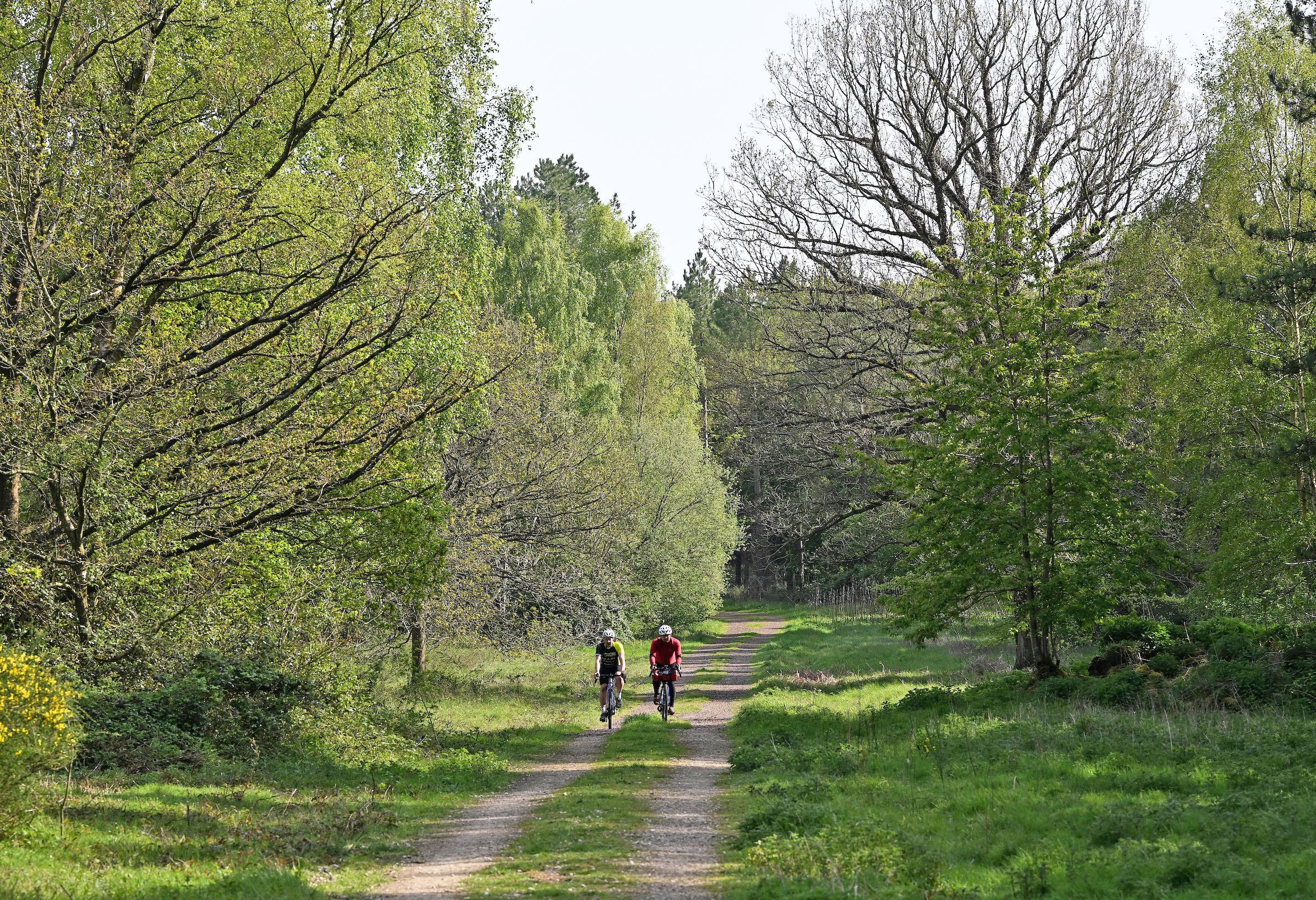 The sun's out and so am I: why there's no shame in being a fair-weather bike rider
The sun's out and so am I: why there's no shame in being a fair-weather bike riderLet's be honest, rain and riding bikes don't mix well – there's nothing wrong with waiting for the sun
By James Shrubsall
-
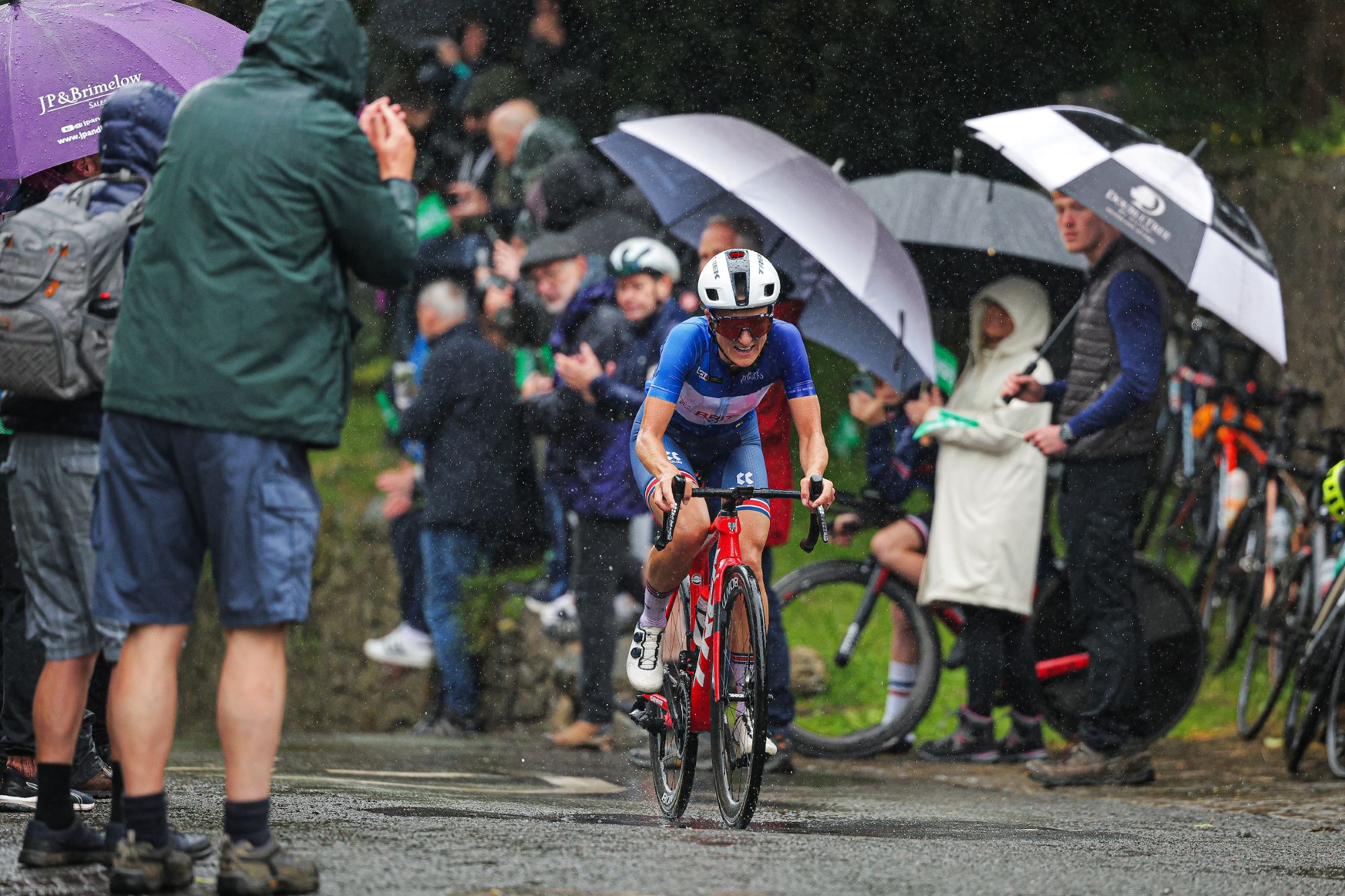 FDJ-Suez, SD Worx-Protime, Lidl-Trek confirmed for Tour of Britain Women as strong list of teams announced
FDJ-Suez, SD Worx-Protime, Lidl-Trek confirmed for Tour of Britain Women as strong list of teams announced18 teams set to take part in four-day WorldTour stage race
By Tom Thewlis
-
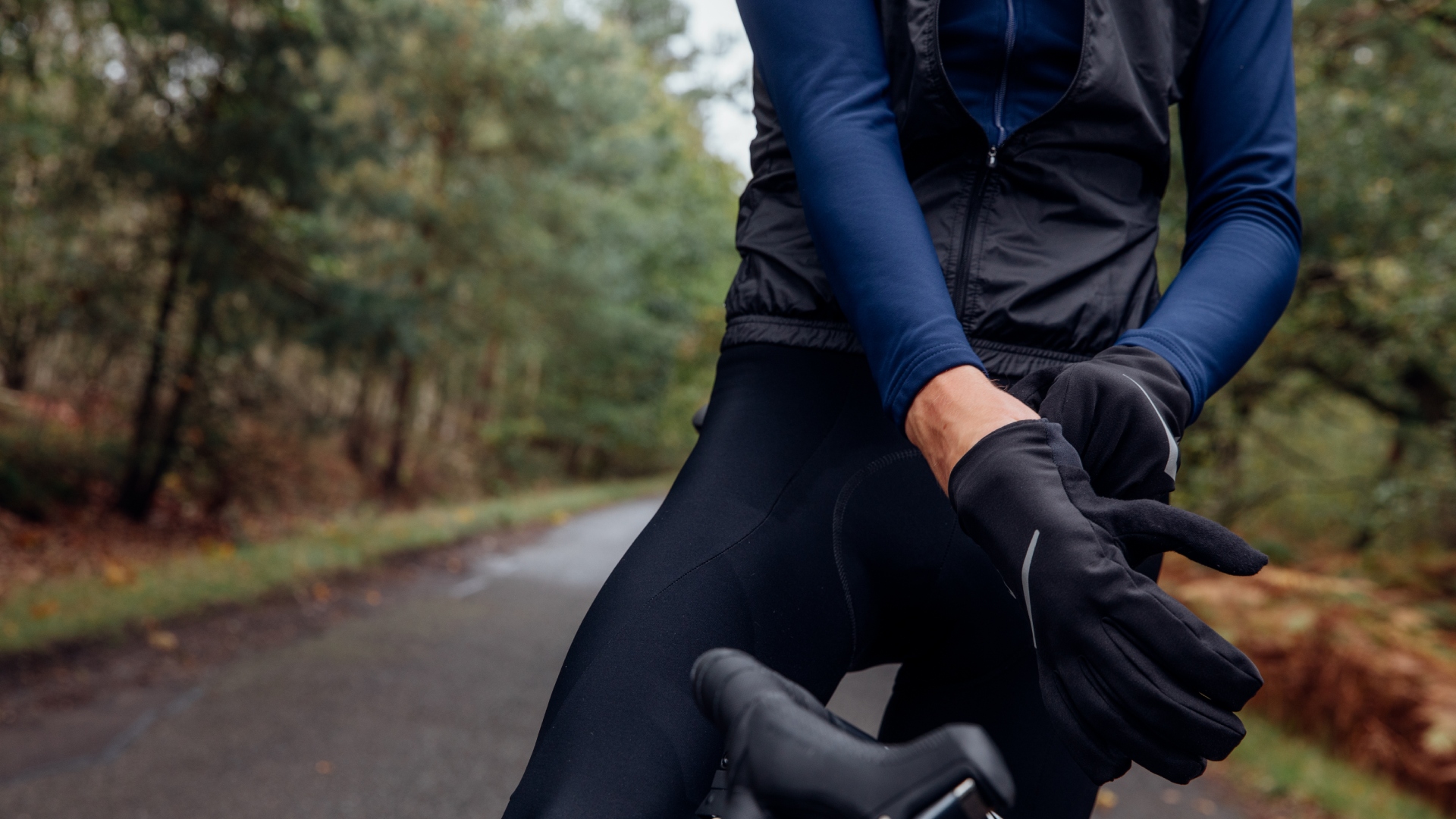 Riding with Raynaud’s: How to beat cold hands and feet over winter
Riding with Raynaud’s: How to beat cold hands and feet over winterSymptoms of Raynaud's syndrome extend far beyond simply having chilly hands and feet, our experts guide you through the how-to on making winter riding bearable despite the disease
By Lexie Williamson
-
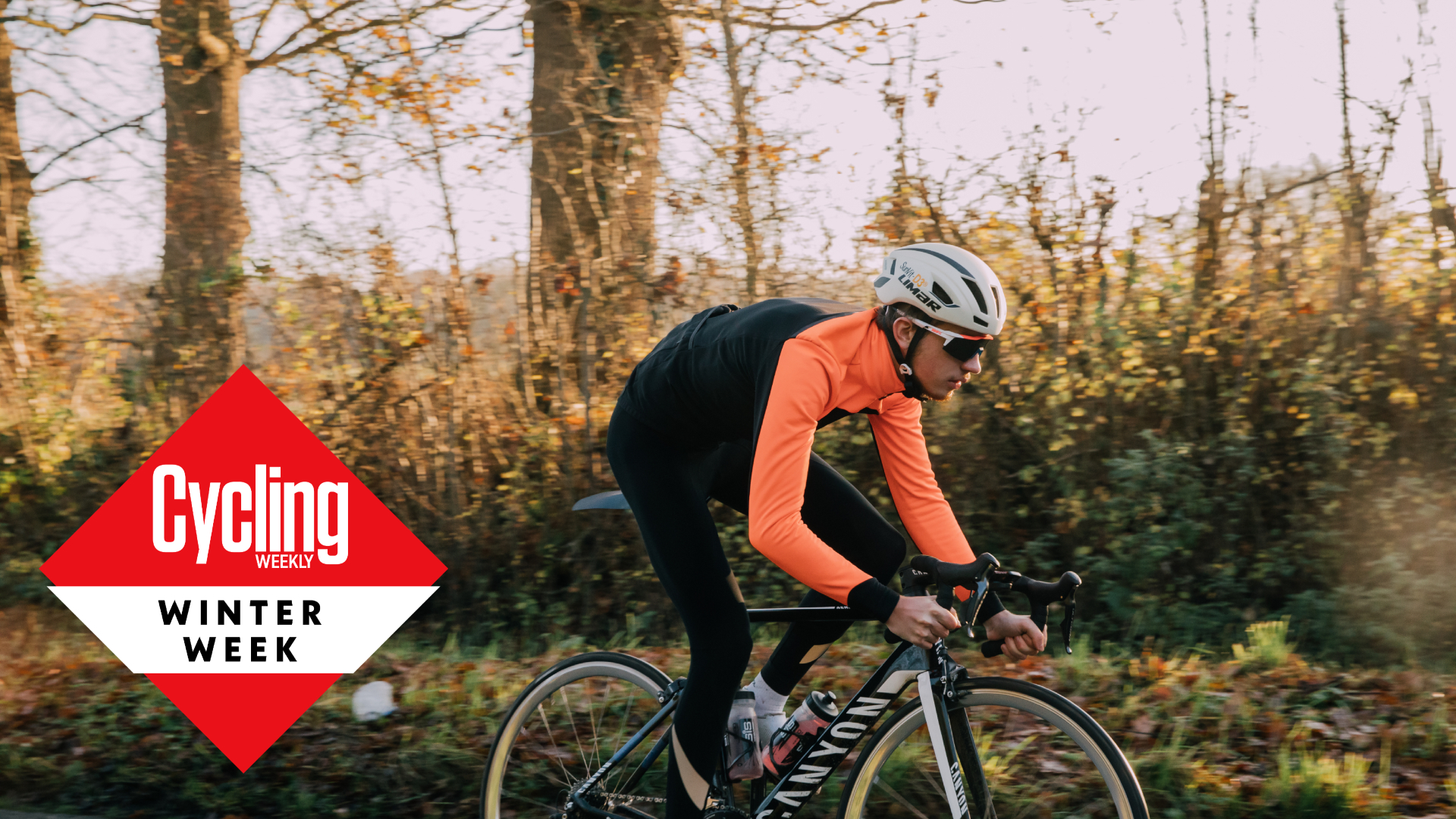 18 tips for finding winter motivation to ride
18 tips for finding winter motivation to rideDon't let cooler weather keep you off the bike, there are plenty of ways to keep the enthusiasm high
By Andy Turner
-
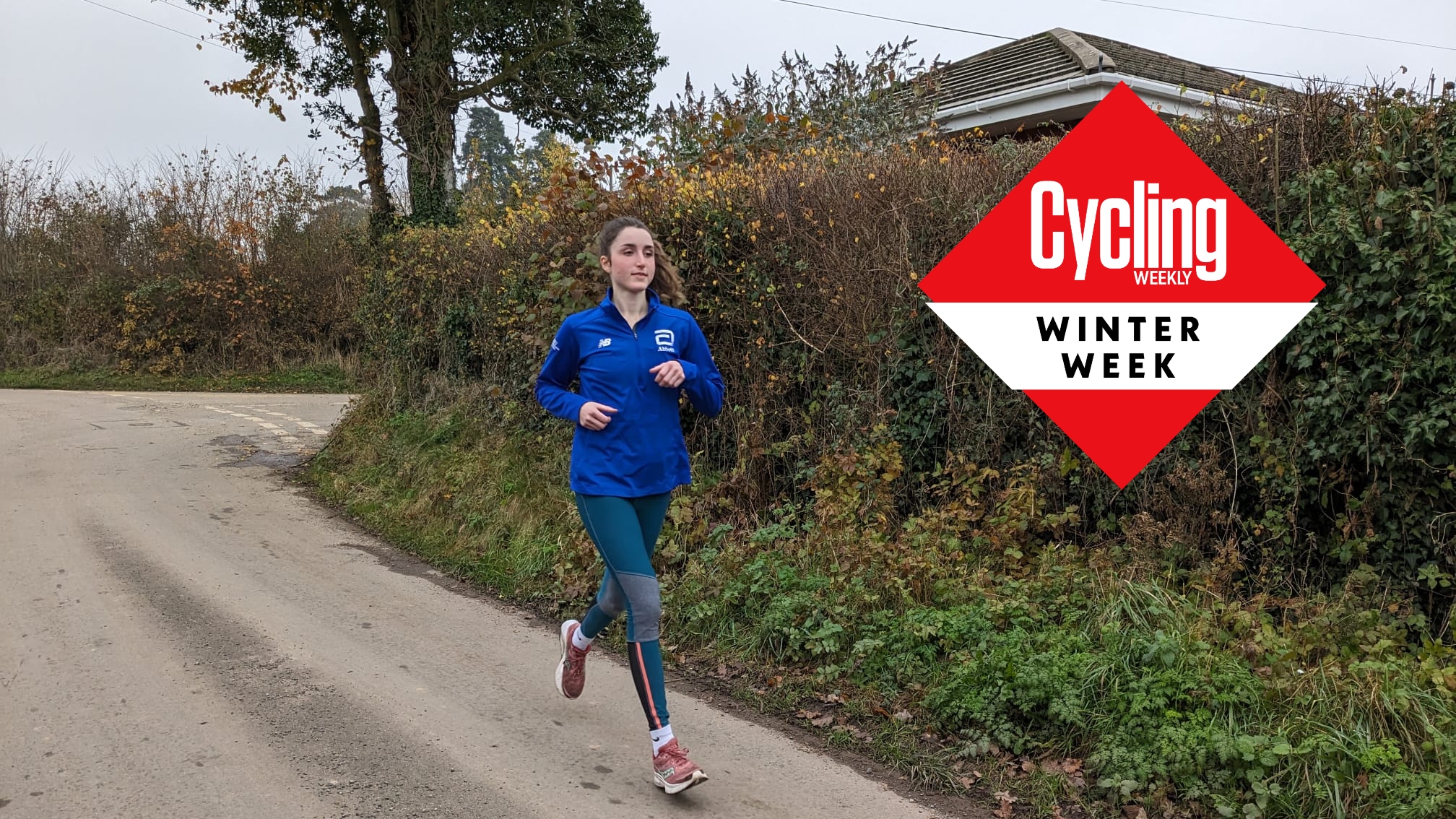 How much running is ‘too much’ running for cyclists - I trained for a marathon to find out
How much running is ‘too much’ running for cyclists - I trained for a marathon to find outMany cyclists like to swap their cleats for running shoes - at least for some sessions — during winter, but where should we draw the line?
By Ellie Donnell
-
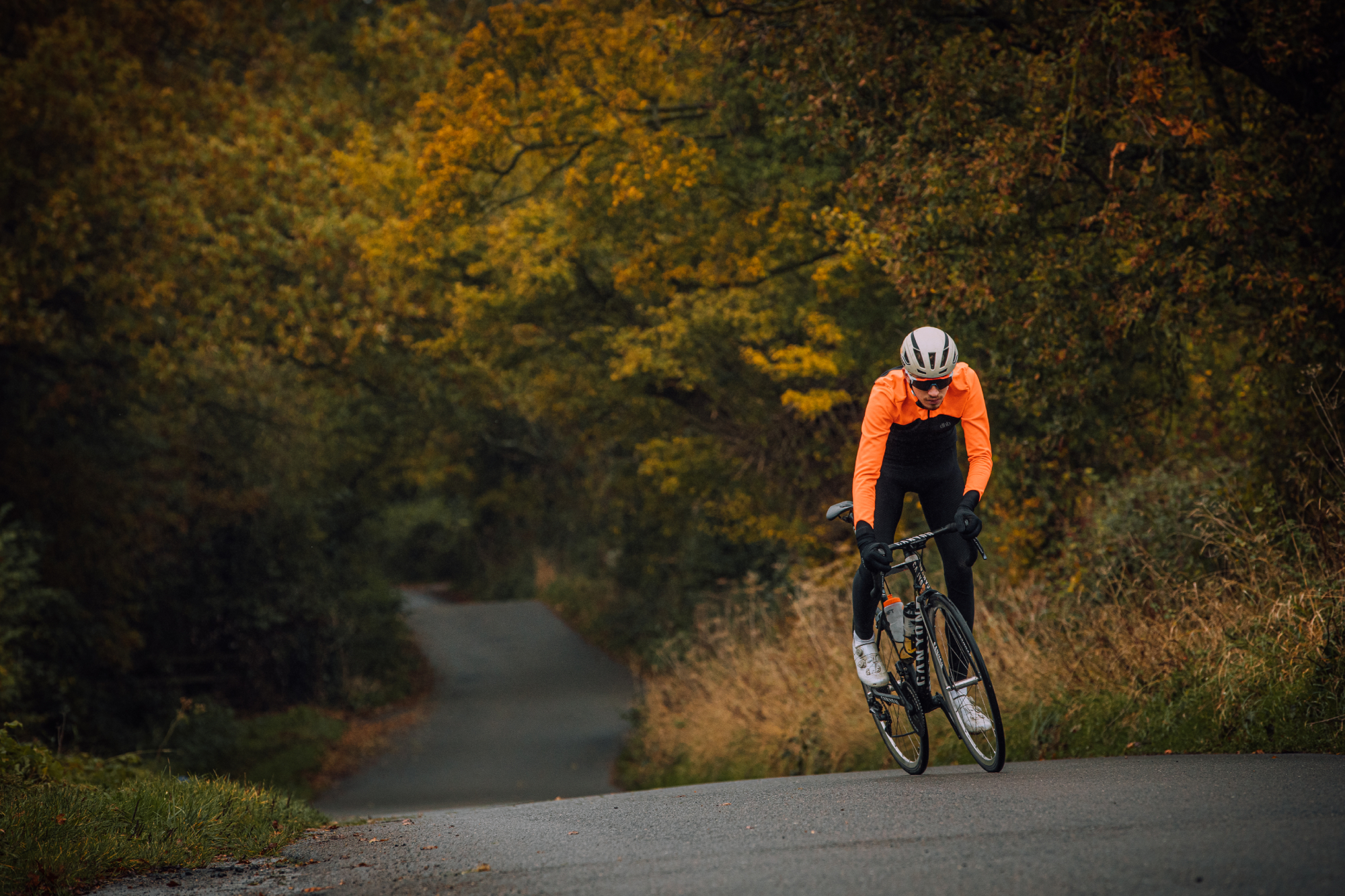 These five winter training mistakes can ruin your fitness - here's how to avoid them
These five winter training mistakes can ruin your fitness - here's how to avoid themThe pitfalls to avoid if you want to emerge fit and well come spring
By Andy Turner
-
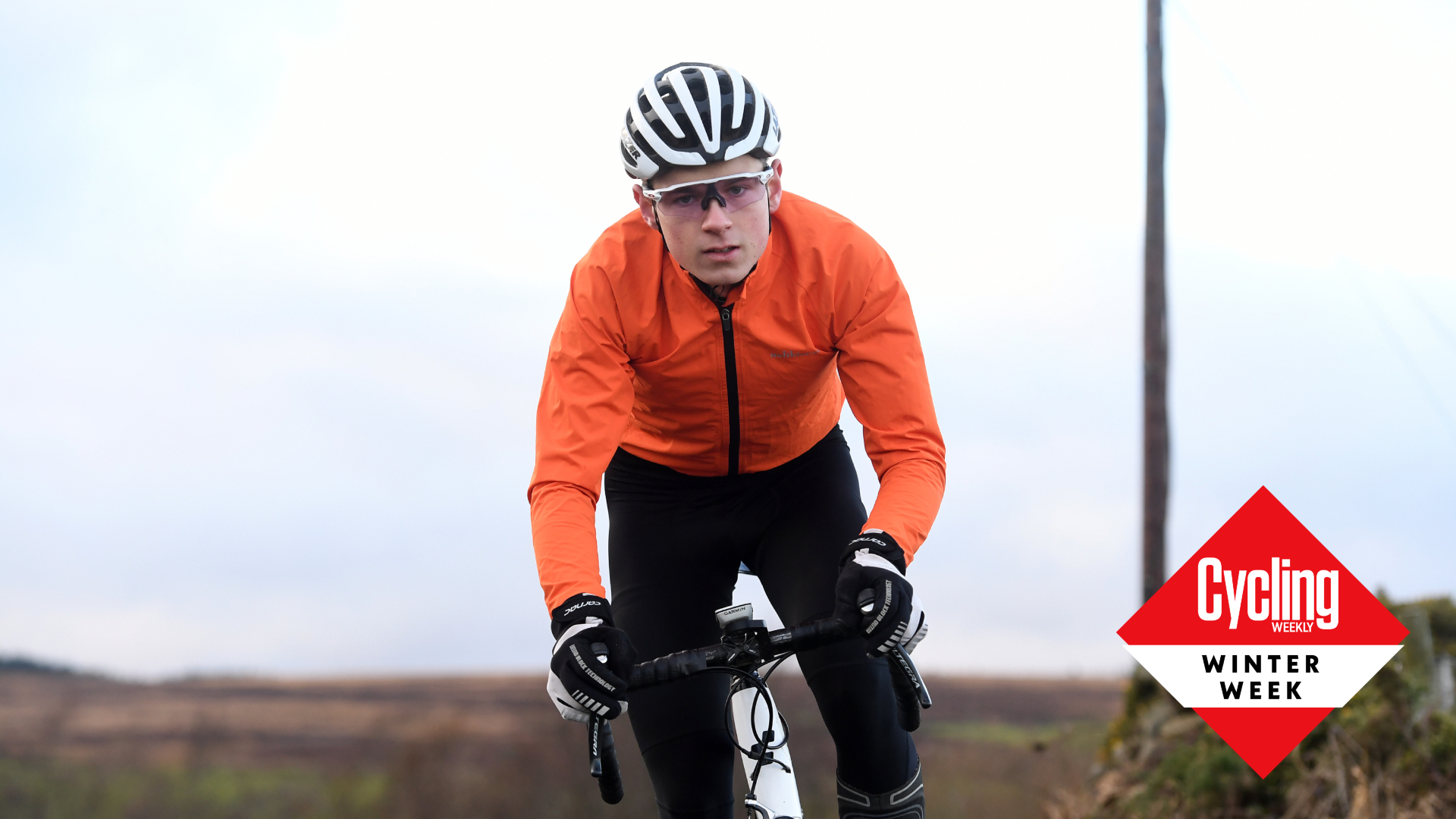 Seven benefits of riding outdoors - which you’ll miss out on if you train inside all winter
Seven benefits of riding outdoors - which you’ll miss out on if you train inside all winterAs with most things in life, there is a balance to be struck…
By Andy Turner
-
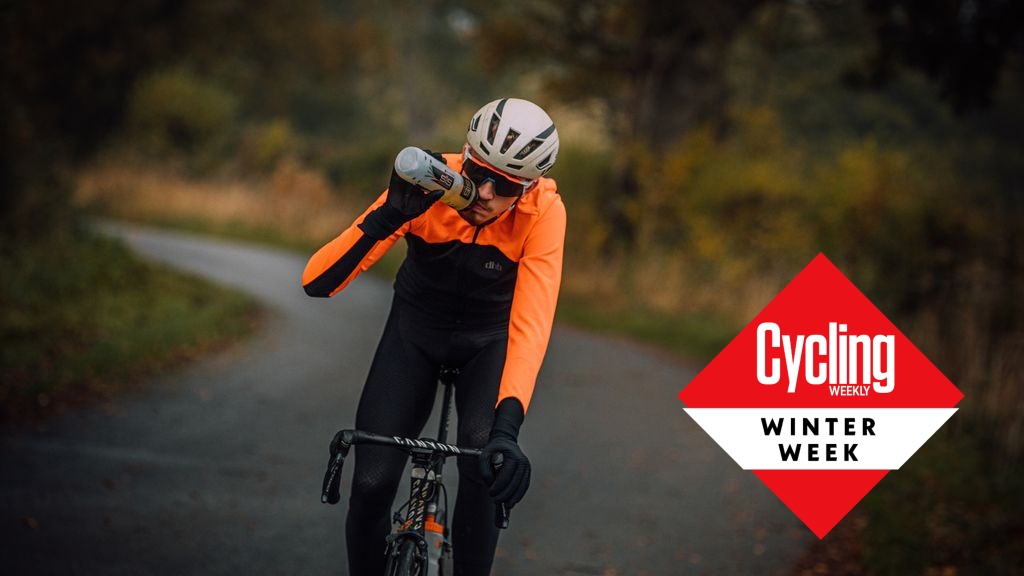 Winter fueling: how to match your cycling nutrition to the demands of cold weather riding
Winter fueling: how to match your cycling nutrition to the demands of cold weather ridingGetting the most out of your winter training means making sure you are optimally fuelled for every ride - here's what you need to know about the specific demands of cold season nutrition
By Joe Laverick
-
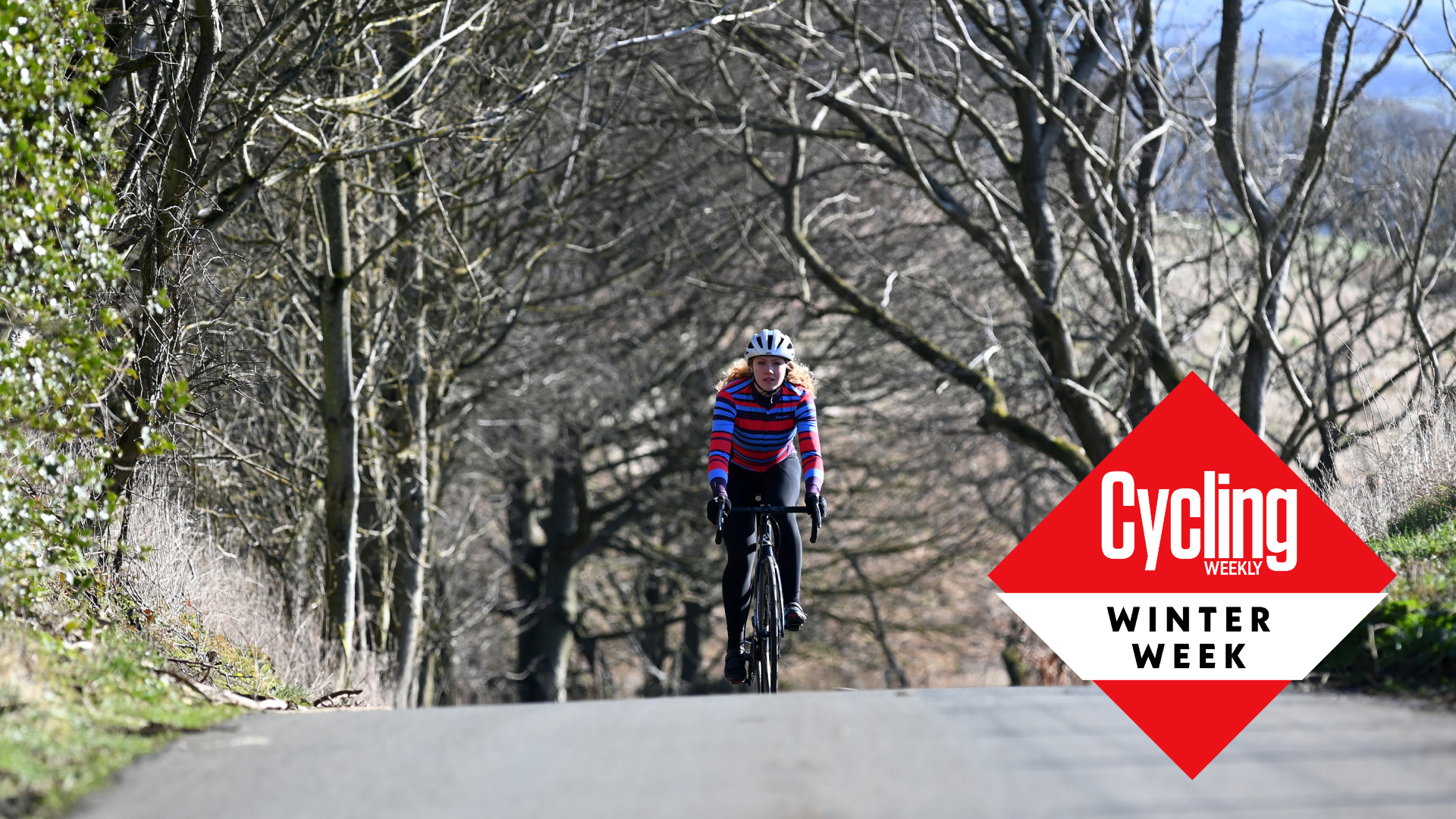 Five things I wish I knew before my first winter of road riding
Five things I wish I knew before my first winter of road ridingThere's a special satisfaction to riding through the winter - but also plenty of challenges!
By Anna Marie Abram
-
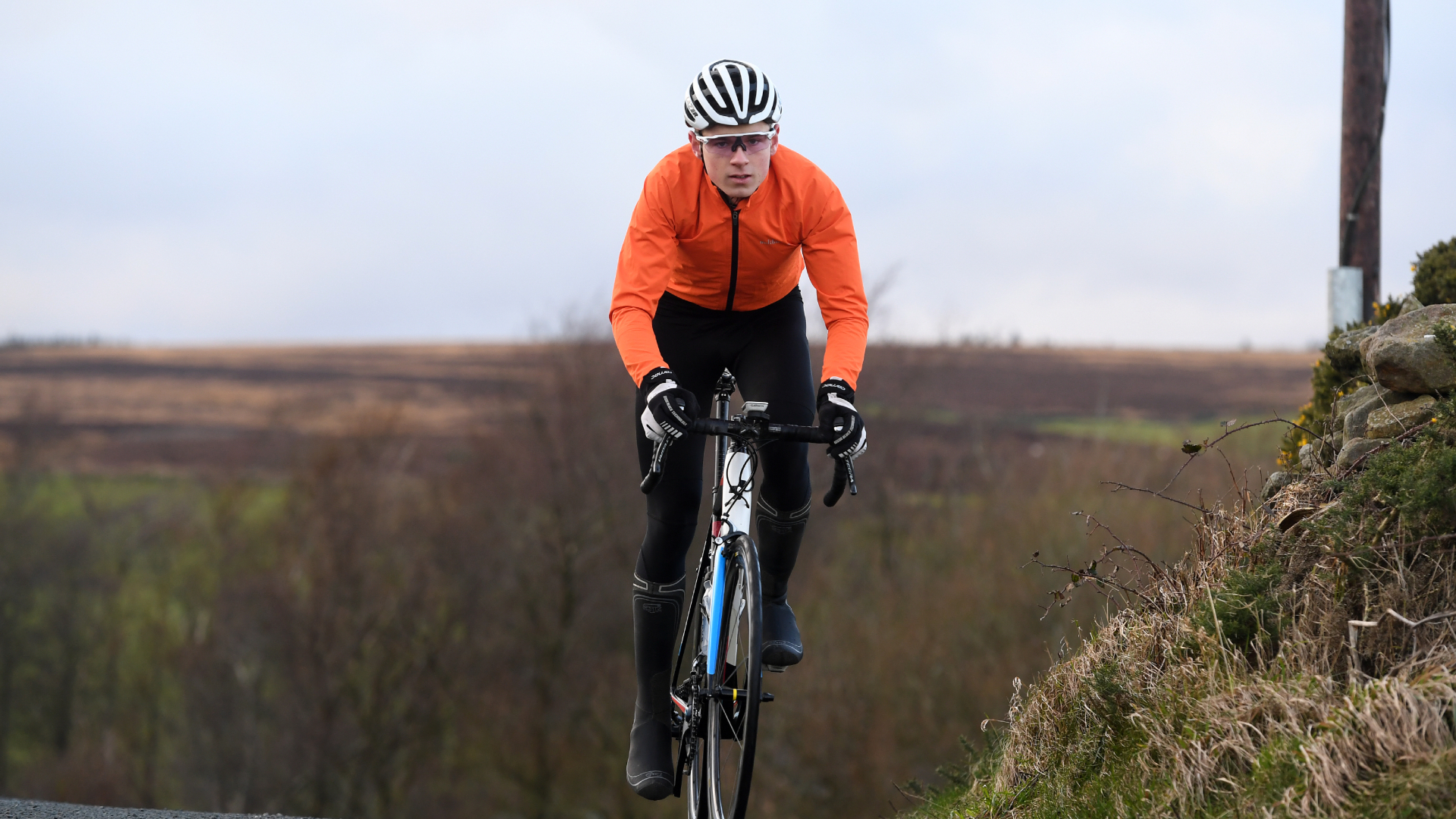 20 hacks to beat the cold and keep riding through the winter
20 hacks to beat the cold and keep riding through the winterHere's how to train through the winter without getting cold and miserable
By Tom Couzens